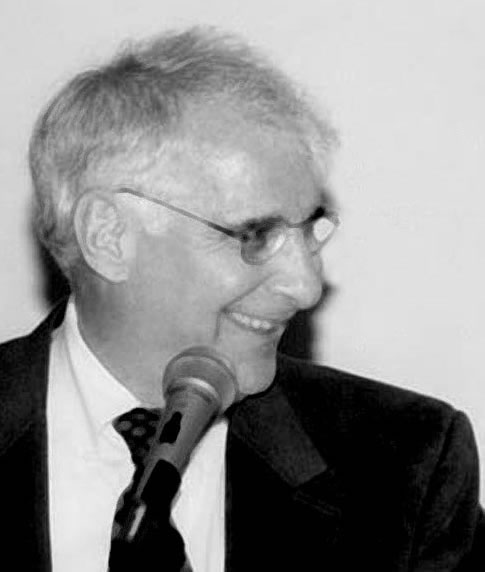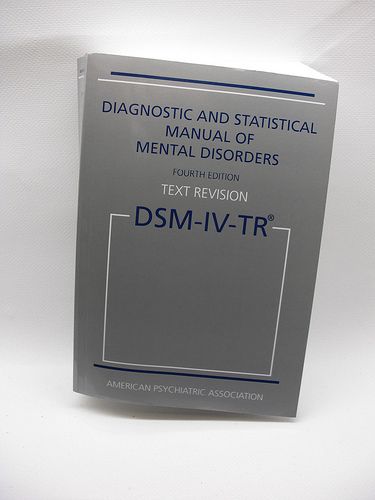
FDA Advisory Panel Recommends Electroshock Machine Too Risky For Reclassification to Less Dangerous Device
The Neurological Devices Advisory Panel of the U.S. Food and Drug Administration (F.D.A.), recommended Friday that devices used to deliver shock treatment, also known as electroconvulsive therapy (ECT) remain in the most high-risk category (Class III), reserved for the most dangerous medical devices and not be downgraded to a lower risk category. In so doing, it recommended that the companies which manufacture ECT devices be required to prove that ECT is both effective and safe in order to remain in use. ECT has long been known to cause serious harm to patients, including extremely severe and permanent memory loss, inability to learn and remember new events, depression, suicide, cardiovascular complications, prolonged and dangerous seizures and even death.





SHARE YOUR STORY/COMMENT: